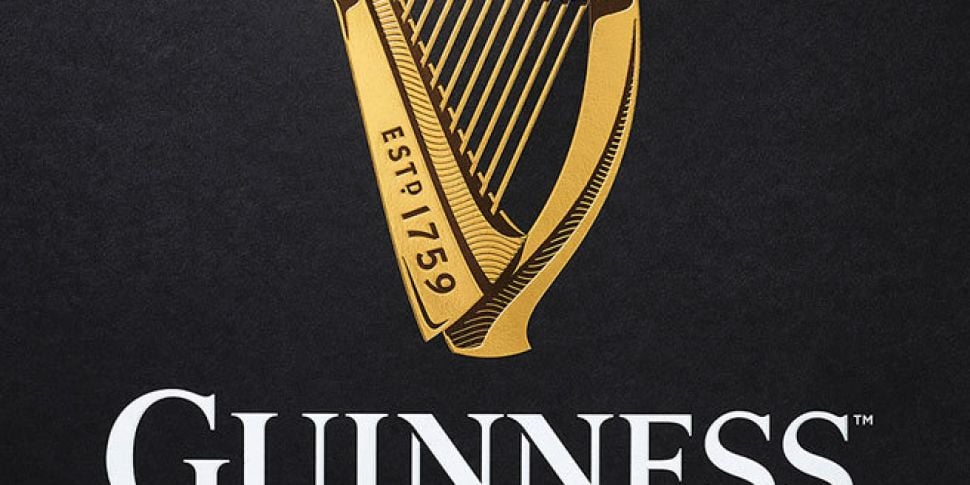It's a tradition, a national symbol and an institution in itself.
Both the harp and Guinness have been linked with each other since 1862.
But now brand agency Design Bridge have breathed new life into the Guinness harp, by sharpening it.
The new-look harp has more defined ridges and the famous 'Estd 1759' is engraved in the harp's body, instead of being written underneath it.
Image: Design Bridge
Design Bridge say: "Our new harp design is influenced by the rich heritage of the brand and each element has its own story to tell, such as the Est. 1759 type, which can be traced back to the metal stamped lettering imprinted in the ironwork and oak barrels at the Guinness Storehouse".
"Collaborating with letterpress specialists New North Press, we experimented with different materials and layers to build up the brand mark, adding that all-important depth, tactility and drama".
"It's not often that you get to re-design one of the world's most famous brand marks, so this project was a real labour of love and a shining example of our creative philosophy".
It adds that the new harp is a "sympathetic revolution of the original brand mark...We hope Arthur Guinness would be proud".
The Guinness Harp through time | Image: Design Bridge
The famous 14th century Irish harp known as the "O'Neill" or "Brian Boru" harp is now preserved in the library of Trinity College Dublin.
It is also the official national emblem of the Republic of Ireland.
However, there is a difference between the Irish government harp and the Guinness harp.
As Guinness had trademarked the harp symbol in 1876, the Irish Free State Government of 1922 had to turn the official government harp the other way to differentiate between the trademarked Guinness harp and the official State emblem.












